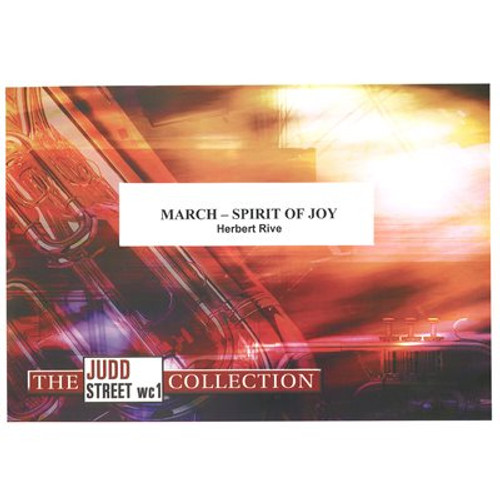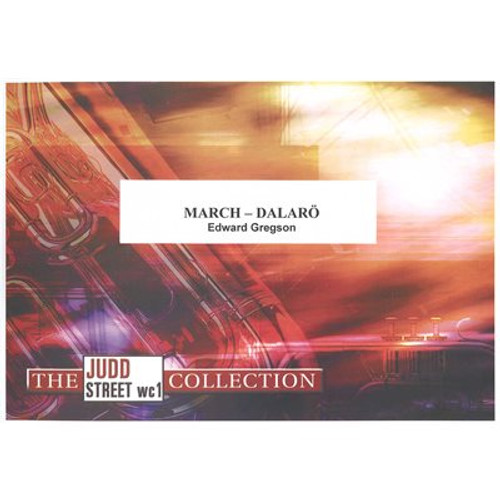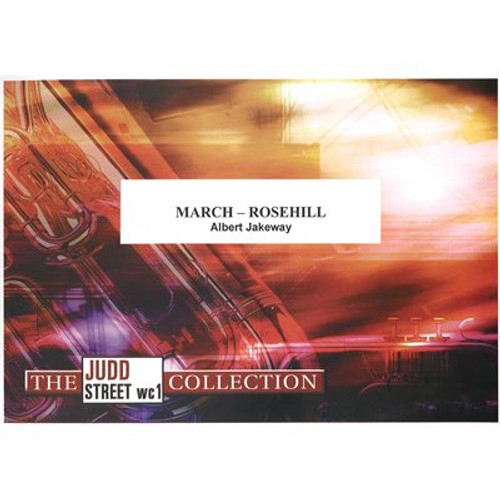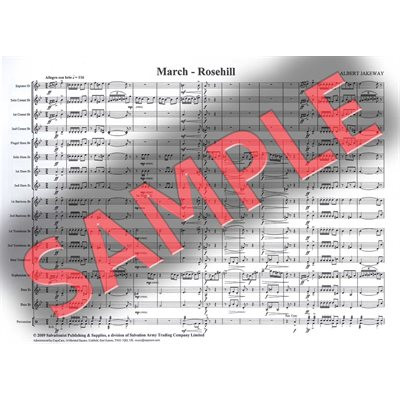Product Description
Comments by Songster Leader Michael Kenyon
Herbert Rive, a bandsman ad Dunedin City Corps, New Zealand, made his debut in the Salvation Army Band Journals with this march, which had won a territorial competition in his country. The march has proven to be decidedly popular through the years.
Introduction ᄀᆰ A spirited introduction in C minor sets the style of the march. Note, however, the sudden drop to mezzo piano in bar 4.
Section A ᄀᆰ As indeed throughout the march, there is much of interest int he scoring, and ample opportunity to make effective various contrasts of dynamic together with accents as they occur. Eight bars before letter B, basses rhythmically anticipate the chorus presented in the following section.
Section B ᄀᆰ Trombone and euphonium are allotted the melody in this chorus, If you keep singing, which was published in the June, 1931 issue of The Musical Salvationist. Note the accented forte chord on the last beat before the next section.
Section C ᄀᆰ A full-band arrangement of the same chorus is given, with 1st baritone and euphonium providing the countermelody.
Section D ᄀᆰ This section, which is based on fragments of the above chorus, by this time well established in the minds of the listeners, will sound very effective if given adequate rehearsal. Points to watch are the quintuplet semiquavers which must be accurately measured, the syncopation in the fifth bar (especially in the event of the absence of the cymbalist, who establishes the first beat of this bar!) and numerous accents and changes of dynamic.
Section E ᄀᆰ Following the fine, two bars bring the music to the key of F major for the trio section. A lilting melody is assigned to flugel and solo horn, during which the euphonium adds are contrasting legato countermelody. Cornets take over the melody for the middle part of the section, which provides relief by being temporarily in the key of the dominant.
Section F ᄀᆰ The bandmaster will readily see on consulting the score that this episode will demand attention to secure the desired effects provided by the composer. One point which may not be obvious to all at the first reading is the fact that although a forte piano effect is indicated in the seventh bar, the ninth bar begins directly at piano. The crescendo one bar before letter G is quite a steep one, bringing as it does the dynamic from piano to forte in just two beats.
Section G ᄀᆰ Lower cornets and trombones again present If you keep singing, this time in augmentation, while solo cornet and euphonium add a decorative commentary.
(view series guide)
Produced by The Salvation Army, SP&S, UK













